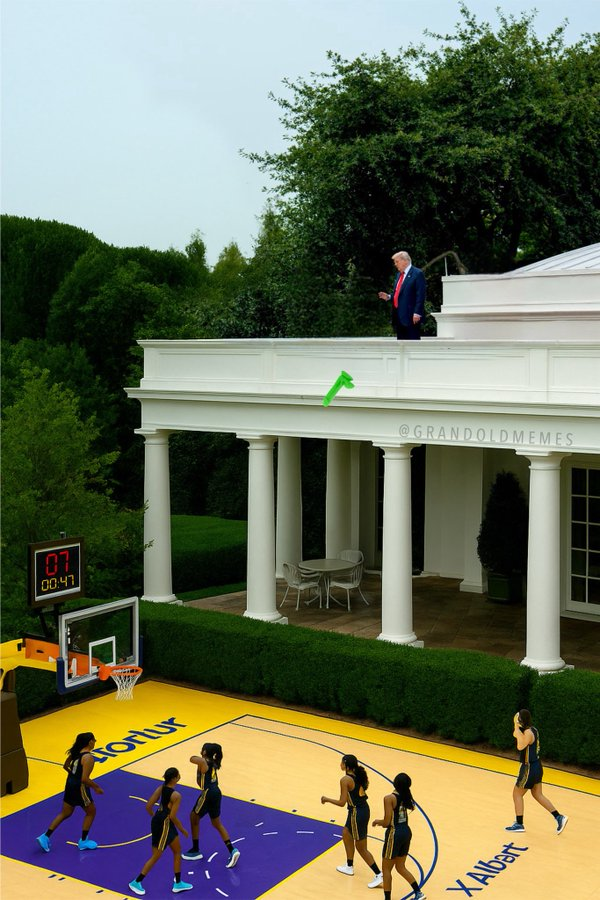WNBA Green Dildo Incident: A Prank, or an Insult to Women's Sports?
Introduction
A bizarre and unsettling series of disturbances has recently plagued WNBA games, as multiple courts have been invaded by an unlikely object: sex toys. What began as seemingly isolated pranks quickly escalated into a widespread controversy, drawing national headlines and igniting a fierce debate. This blog post aims to provide an objective look at the WNBA dildo incidents. We will lay out the facts, explore the motivations behind the acts, and present the different viewpoints without taking a side, allowing you, the reader, to form your own conclusions.

The Incident and Its Escalation
The bizarre saga began in late July with a series of isolated incidents in cities like Atlanta and Chicago. However, the situation quickly escalated and reached its peak in Los Angeles. During a game between the L.A. Sparks and Indiana Fever, a thrown object narrowly missed Fever guard Sophie Cunningham, bringing the prank to a dangerous and unsettling new level.

Adding a dramatic layer to the event, Cunningham had posted on social media just hours earlier, pleading for fans to stop the behavior. The timing made the incident a national talking point. Soon after, a crypto group calling itself Green Dildo Coin took public responsibility for the acts. They stated that the stunts were a form of "guerrilla marketing" intended to generate viral attention for their meme coin, claiming it was an extreme marketing tactic rather than a mockery of the sport.
Analyzing the Impact: Multiple Perspectives
The incidents had a dual-sided impact on the WNBA. While they caused significant disruption and disrespect, the controversy also brought an unprecedented level of media exposure to the league. This has fueled a fierce debate: a "harmless prank" or "marketing stunt," as the perpetrators claimed, versus a dangerous, sexist act that undermines women’s sports, as viewed by many athletes and observers. The events also serve as a striking reflection of internet "meme culture" crossing into the physical world, blurring the lines between digital trolling and real-world harm and prompting broader questions about accountability.



.png)
.png)
.png)













